
My PhD dissertation, based on the T2K dataset. The six electron neutrinos which passed all the selection cuts are the namesake for my company, Six Neutrino Solutions.
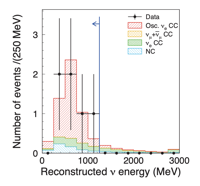
The collaboration paper using my dissertation work. I was one of two co-analyzers for the electron neutrino appearance analysis in the 500+ member collaboration.
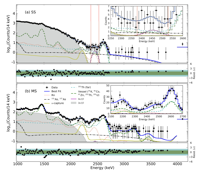
My first major paper with the EXO-200 collaboration. I made major contributions on background characterization, especially in Monte Carlo simulation and neutron-induced backgrounds.
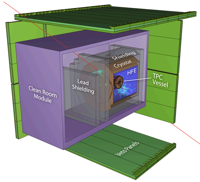
Cosmogenic backgrounds paper for EXO-200. I was the lead author on this paper, and, in addition to writing most of the paper, I guided several graduate students through simulation and analysis work for this project.

Measurement of the 2-neutrino double-beta decay in EXO-200. Along with my usual work on Monte Carlo simulation and background characterization, I also played a key role in identifying an issue with the standoff calculation and getting that fixed before publication.
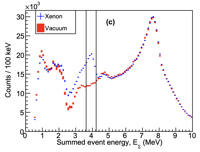
Measurement of neutron capture on 136Xe. This was the first of my Los Alamos National Lab projects, where we used a neutron beam to measure the capture cross section. I led the data taking and analysis. We used the collected data to improve our modeling of the gamma signals from neutron capture for future EXO-200 and nEXO analyses. This also resolved a long-standing discrepancy in the literature for the measured cross section.
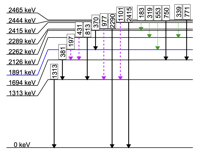
Measurement of neutron inelastic scattering on 136Xe. This was my second Lost Alamos National Lab project, and my first as the principal investigator. We used a neutron beam to measure the inelastic scattering cross sections to produce various gamma rays. We also explored the possibility of using this as a calibration technique in future 136Xe experiments.
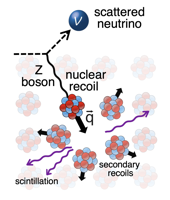
The first detection of coherent elastic neutrino-nucleus scattering. I contributed to the writing of this paper and the finalization of the analysis. I made several data quality checks to ensure the data was clean and usable.